1. Which of the following provinces is not subject to merger even though its area does not meet the standards?
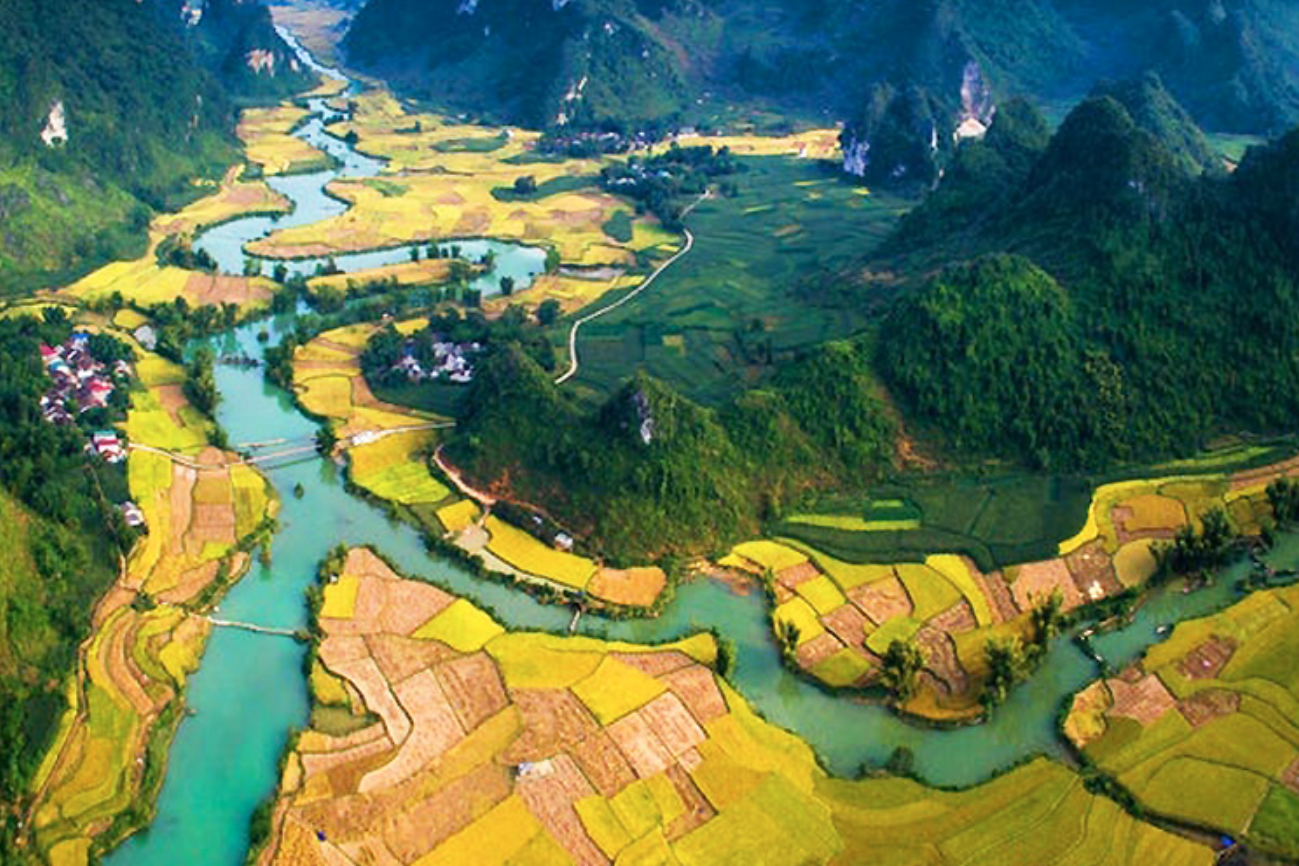
Resolution 60 at the 11th meeting of the 13th Party Central Committee agreed on the policy on the number of provincial-level administrative units after the merger to be 34 provinces and cities (28 provinces and 6 centrally-run cities).
Of which, 11 provincial-level units (2 cities, 9 provinces) did not merge, including: Hanoi, Hue City, Lai Chau, Dien Bien, Son La, Lang Son, Quang Ninh, Thanh Hoa, Nghe An, Ha Tinh, Cao Bang provinces.
According to the Government Electronic Newspaper , Cao Bang is a province with a natural area that does not meet the regulations (6,700.4 km2, only 83.8% of the standard) but does not implement the arrangement because it has a very long national border with China, complex mountainous terrain; the neighboring provinces are not suitable for arrangement and merger.
2. Cao Bang was merged with which province to become Cao Lang?

- Bac Giang0%
- Bac Kan0%
- Lang Son0%
- Tuyen Quang0%
Cao Lang is the name of an old province, based on the merger of Cao Bang and Lang Son, since December 1975. At that time, Cao Lang province had 20 administrative units including 2 towns Cao Bang, Lang Son and 18 districts: Bac Son, Bao Lac, Binh Gia, Cao Loc, Chi Lang, Ha Quang, Hoa An, Huu Lung, Loc Binh, Nguyen Binh, Quang Hoa, Thach An, Thong Nong, Tra Linh, Trang Dinh, Trung Khanh, Van Lang, Van Quan.
The provincial capital is located in Cao Bang town. The population of the province in 1976 was nearly 900,000 people with an area of over 13,000 km2.
By December 1978, Cao Lang province was split into two provinces, Lang Son and Cao Bang.
3. Are area and population the deciding factors in the arrangement of administrative units?
- Have0%
- Are not0%
According to the Ministry of Home Affairs, the criteria for arranging and merging provincial-level administrative units must be based on research on the history of formation, development, and the process of arranging administrative units at all levels in Vietnam, the scientific basis of the elements constituting provincial-level administrative units, and international experience. The proposal includes 6 criteria: 1) Natural area; 2) Population size; 3) Criteria on history, tradition, and national culture; 4) Criteria on economic geography; 5) Criteria on geopolitics; 6) Criteria on national defense and security.
On the Government Electronic Newspaper , Mr. Phan Trung Tuan, Director of the Department of Local Government, Ministry of Home Affairs said that area and population are initial factors, not decisive factors in the arrangement of administrative units. The decisive factor is how to create more room for better development in the future.
4. Which province is the largest in the country after the merger?
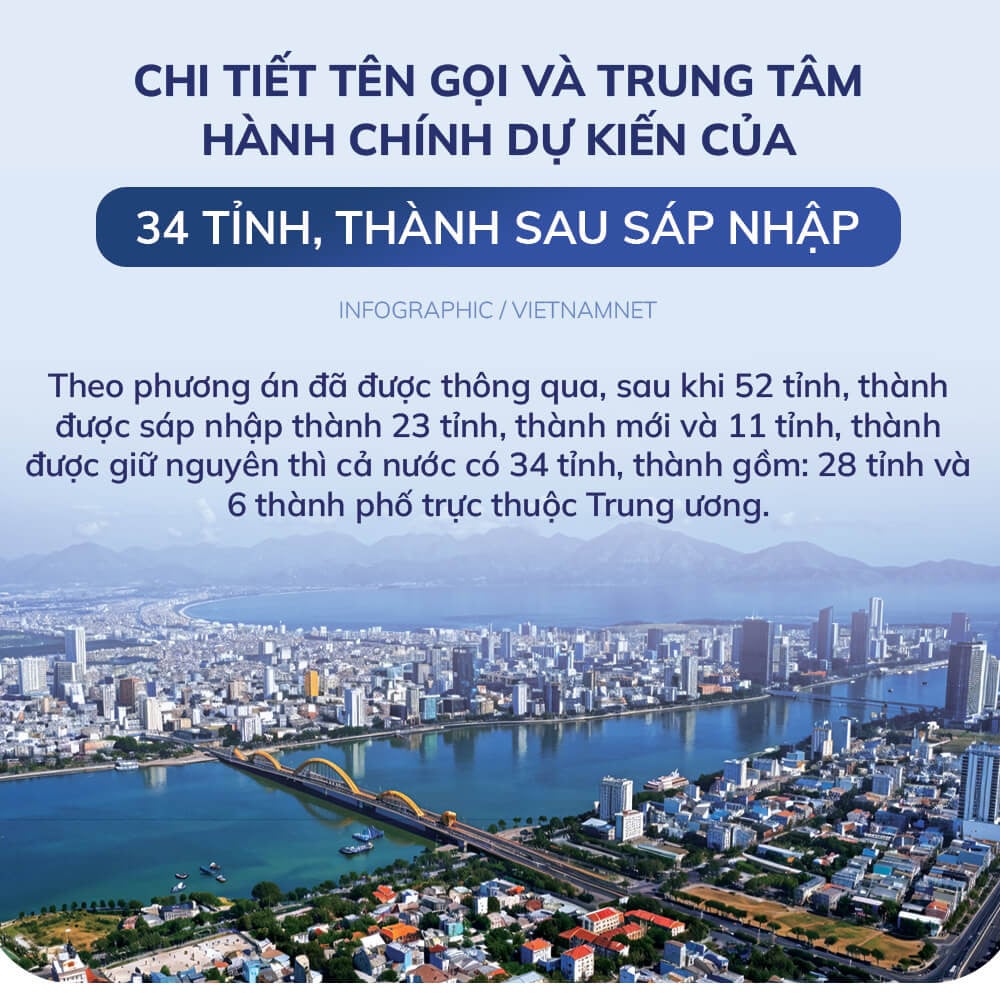
- Nghe An0%
- Gia Lai0%
- Lam Dong0%
- Ho Chi Minh City0%
After completing the merger of provinces and cities, the natural area of many localities will have many changes compared to the present.
The new province of Lam Dong (expected to merge Lam Dong, Dak Nong and Binh Thuan) will become the largest locality in the country with a total area of over 24,200 square kilometers.
The second largest province will be the new Gia Lai province (merging Gia Lai and Binh Dinh provinces) with an area of over 21,500km2.
The new Dak Lak province (merging Dak Lak and Phu Yen provinces) will be the third largest province with an area of over 18,000km2.
All three provinces have larger areas than the current largest province, Nghe An, with more than 16,000 square kilometers.
Source: https://vietnamnet.vn/tinh-nao-khong-thuoc-dien-sap-nhap-du-dien-tich-chua-dat-tieu-chuan-2393256.html
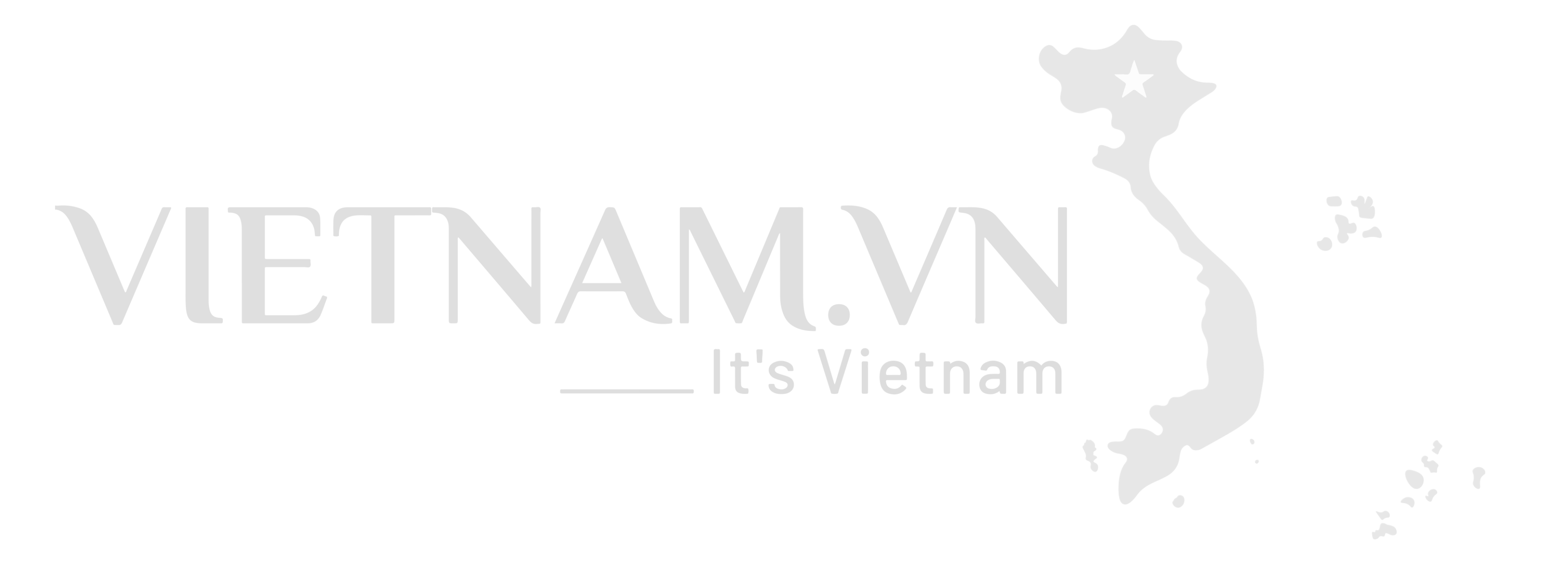




![[Photo] Cambodia's Techo International Airport Officially Opens](https://vphoto.vietnam.vn/thumb/1200x675/vietnam/resource/IMAGE/2025/9/9/330836bb28ad4ee4bdd512cc1a2d0849)


![[Photo] General Secretary To Lam chaired the Politburo's working session with the Standing Committees of Party Committees of Central Party agencies.](https://vphoto.vietnam.vn/thumb/1200x675/vietnam/resource/IMAGE/2025/9/9/8343386e1e8f43c6a3c0543da7744901)





















![[Photo] Politburo works with the Standing Committees of Vinh Long and Thai Nguyen Provincial Party Committees](https://vphoto.vietnam.vn/thumb/1200x675/vietnam/resource/IMAGE/2025/9/8/4f046c454726499e830b662497ea1893)









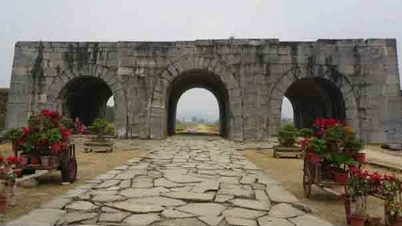























































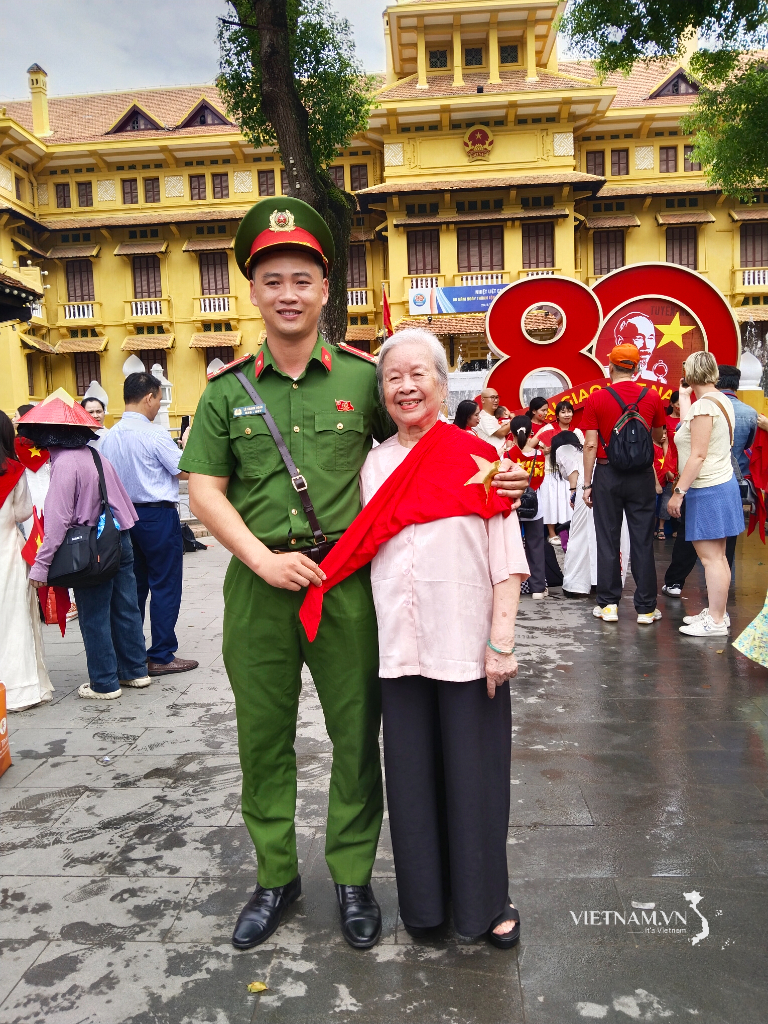

Comment (0)